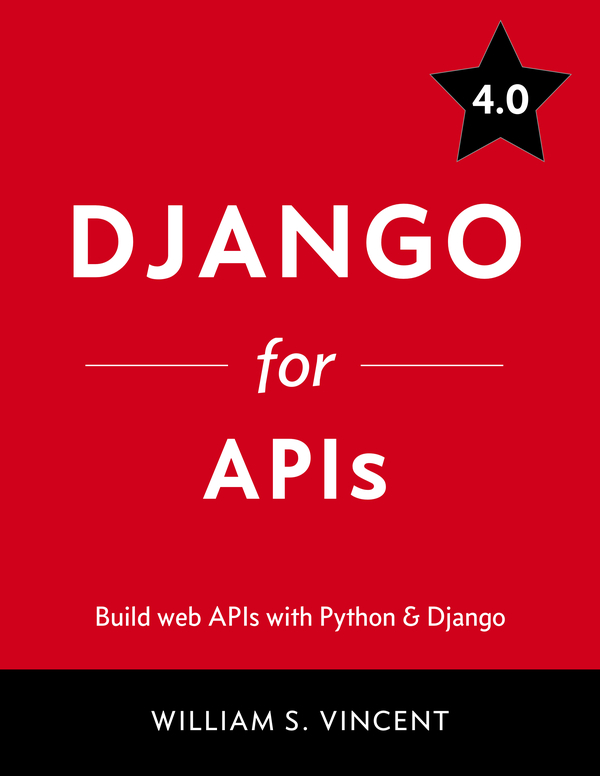

Most ebook files are in PDF format, so you can easily read them using various software such as Foxit Reader or directly on the Google Chrome browser.
Some ebook files are released by publishers in other formats such as .awz, .mobi, .epub, .fb2, etc. You may need to install specific software to read these formats on mobile/PC, such as Calibre.
Please read the tutorial at this link: https://ebookbell.com/faq
We offer FREE conversion to the popular formats you request; however, this may take some time. Therefore, right after payment, please email us, and we will try to provide the service as quickly as possible.
For some exceptional file formats or broken links (if any), please refrain from opening any disputes. Instead, email us first, and we will try to assist within a maximum of 6 hours.
EbookBell Team

4.4
82 reviewsLearn how to build web APIs with Python and Django.
Take a modern API-first approach to creating 3 different Django back-ends: a Library API, Todo API, and a Blog API with user authentication, permissions, proper documentation, and more. You'll even learn how to connect them to a React front-end for a truly full-stack web application.
What’s New for 4.0
*Django 4.0 and Django REST Framework 3.13 throughout.
*Updated to Python 3.10.
*Added full chapter on proper set up with Python, Django, Black, Git, and more.
*Switched to Pip from Pipenv, which is a major change but feels warranted given Pipenv has slowed in development and Pip is the default for many people. I don’t get into fancier configuration options because “it all depends” once you do and using Pip is fine for a single developer starting out.
*Windows-first support. I bought a Microsoft Surface laptop and have been dutifully using it several days a week. I still greatly prefer macOS but most of the world uses Windows so I have run through all the code and updated the text to ensure Windows works well.
*Updated all the third-party packages to the latest versions, which means django-cors-headers, django-rest-auth, django-allauth, gunicorn, psycopg, whitenoise, and environs.
*Added environment variables for proper security and deployment
*Much more material on testing both Django and Django REST Framework in all projects
*Deployment configured in depth for all 3 projects built in the book
*Fixed a previous bug in Chapter 7 around permissions so it is properly locked down now. Also covers custom permissions in far more depth.
*Switched the default project name from config to django_project to avoid any confusion among readers.
*Switched to drf-spectacular for documentation in align with recent Django REST Framework trends
*Switch from pip install to python -m pip install because Adam Johnson said to.
*All new screenshots since Chrome updates even more often than Django.
*Switch to main from master for Git branch.